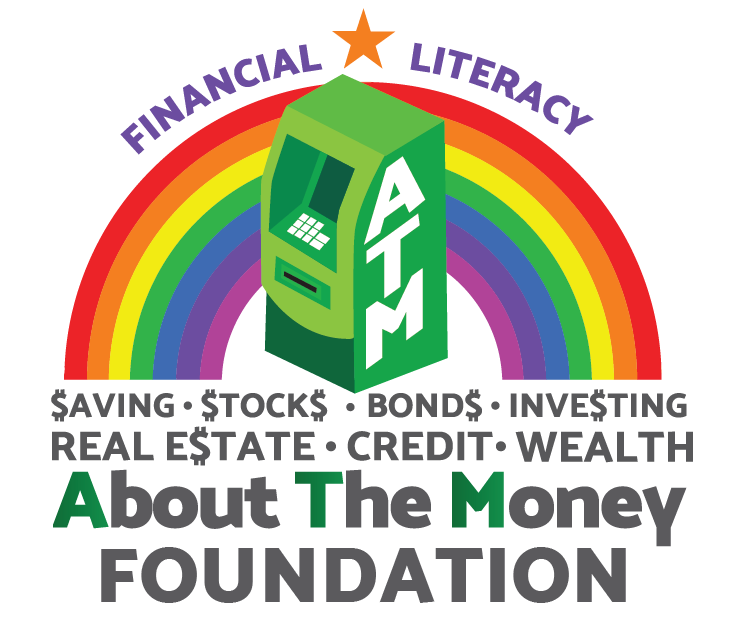FAQs

Financial literacy is the possession of the set of skills and knowledge that allows an individual to make informed and effective decisions with all of their financial resources.
Tony Robbins has been quoted as saying, “Knowledge is not power. Knowledge is only potential power. Action is power.” It’s not what you know, it’s what you do with it that matters. Financial literacy and the programs that teach it focus on potential power (financial knowledge) and fail to provide real power (changes to behavior and actions) that can put people in control of the lives they want to live. In fact, studies have shown that improved financial literacy can explain just 0.1% of behavior changes that occur(opens in new tab).
Our behaviors are driven by a complex web of emotions, attitudes, beliefs and values, and, without a clear understanding of how they drive our behaviors, more financial information will fail to produce real change. In short, information does not equal transformation. Financial literacy programs today are hacking at the leaves of change when they need to focus on the root of the problem and better integrate knowledge with healthier behavior.
The biggest challenge facing not just financial literacy but improved financial health and wellness comes down to three words: access, inclusion and integration. Greater access to financial tools, resources and expert advice unlocks the door to opportunity. Greater inclusion brings all people and communities through the door to participate in better education and economic ecosystems (lack of inclusion is a broader systemic issue). Greater integration takes the individual pieces of the continuum of care, threads them together and truly drives greater financial health and prosperity.
Financial literacy alone will always fail to improve overall health and wellness, just as advice limited to investments will fail to help people eliminate financial stress, make smarter, more informed decisions in all aspects of life, and put them in control of the lives they want to live.
If we want to create real change, we need to create greater access to financial advice and ensure the inclusion of all people and communities. The key is to focus on the integration of all parts and not just any one of them, such as financial literacy, in isolation.
Is About The Money (ATM) an approved Articles of Incorporation nonprofit corporation organization?
Yes. See our documentation here.
GuideStar is the world’s largest source of information on nonprofit organizations. We gather and provide access to the most comprehensive, up-to-date, and accurate nonprofit information available. You must be an approved 501(c)(3) organization recognized by the IRS as being tax exempt by virtue of its charitable progress.
Yes. See our Guidestar profile here.
Credit (from Latin verb credit, meaning “one believes”) is the trust which allows one party to provide money or resources to another party wherein the second party does not reimburse the first party immediately (thereby generating a debt), but promises either to repay or return those resources (or other materials of equal value) at a later date.[1] In other words, credit is a method of making reciprocity formal, legally enforceable, and extensible to a large group of unrelated people.
Generational wealth refers to assets that are passed down from one generation to the next. Assets can include investments such as stocks, bonds, a family business, property, and other valuables, and they may help someone increase their net worth or wealth.
We’ve listed the main tenets of the investor’s bill of rights here.
